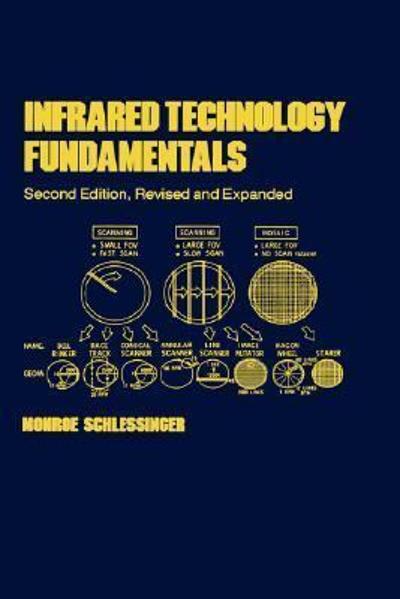Question
I need some assistance on a discussion post. I need to respond to tow peers on their discussion post. The discussion is on Conservation of
I need some assistance on a discussion post. I need to respond to tow peers on their discussion post. The discussion is on Conservation of Energy.
Here is the instruction:
In your response to your peers:
- Describe additional energy transfers that could have been identified.
- Describe any additional types of energy that are being produced.
Peer #1 post:
When gasoline is ignited in an automobile engine, the chemical energy contained in the fuel is transformed into heat energy and kinetic energy through combustion. The engine's cooling system and exhaust system release some of the heat energy into the environment, while the remaining portion is conducted to the engine's parts such the pistons and cylinders. By forcing the pistons to move, this heat energy is subsequently converted into mechanical work, which propels the wheels of the vehicle. Friction is also a part of the process, and it helps some mechanical energy become thermal energy. The law of conservation of energy still applies despite these many transformations since the system's overall energy level stays constant.
Peer #2 post:
Discussion on how a diesel engine transfer energy. Most people might think a diesel engine would work the same way a gas powered engine, but these engines transfer energy quite different. A gas powered uses spark plugs to ignite the fuel. On the other hand a diesel engine doesn't have spark plugs at all. The diesel engine uses an entirely different system it uses a system on compression where the piston compress air into the cylinder to increase the temperature with a mixture of diesel fuel the fuel ignites and creates energy that pushes the piston back down in the cylinder which intel's transfers the energy into the crankshaft over and over at a high rate which creates the power in a diesel engine. I would say yes that it does follow the law of conservation of energy, because the energy comes from a mixture of air, high temperature's, and a combustion to convert the energy into power.
Peer#3 post:
The transfer of energy occurs when I plug my phone charger to the wall outlet and the other end to my phone, so the charger serves as a link between the energy supplied to the outlet and carries it to my phone as chemical energy. Once my phone has received this chemical energy from the outlet it then transforms it again into electrical energy in order to operate and do its functions such as powering the display of the phone, letting it work properly, receive calls and notifications, properly enable the speakers of the device, etc.
I do think that this operation obeys the law of conservation of energy. The final amount of energy the outlet "gave" to the phone is the same amount that the phone used to operate its functions. This energy was not made and was not destroyed it was only transformed and transported from one place(object) to another.
What is the best approach I can respond to my peers based on their post and following the instruction?
Thank you!
Step by Step Solution
There are 3 Steps involved in it
Step: 1

Get Instant Access to Expert-Tailored Solutions
See step-by-step solutions with expert insights and AI powered tools for academic success
Step: 2

Step: 3

Ace Your Homework with AI
Get the answers you need in no time with our AI-driven, step-by-step assistance
Get Started


